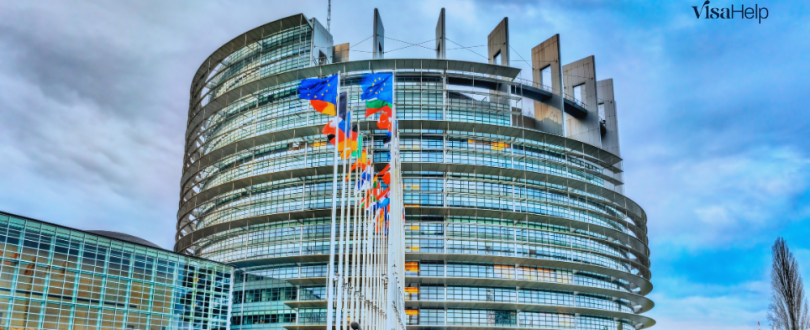
Traveling to Europe can be an exhilarating experience, but obtaining a Schengen visa, the key to accessing many European countries can sometimes be a daunting task. Especially in certain countries, where the process is known to be more intricate, applicants often face additional challenges. This comprehensive guide aims to demystify the process and offer practical tips for navigating these complexities.
Understanding Schengen Visa Basics
This section explains the Schengen visa, a key document allowing travel within the Schengen Area comprising 26 European countries. It outlines the visa’s purpose, duration, and general requirements, clarifying its role in facilitating travel across multiple European nations.
The Challenge Spectrum
Here, the focus is on the varying levels of difficulty in obtaining a Schengen visa across different countries. It discusses factors influencing these differences, such as diplomatic policies and specific embassy procedures, and how they affect the application process.

Identifying the Tough Nuts
This part identifies countries within the Schengen Area known for their rigorous visa application processes. It highlights specific countries like France and Germany and delves into the reasons behind their stringent requirements, helping applicants prepare accordingly.
Countries with High Rejection Rates on Schengen Visa
1. France: A popular destination, France often has stringent visa requirements, leading to a higher number of rejections.
2. Spain: Known for its beaches and cultural heritage, Spain also experiences a high volume of visa applications, contributing to higher rejection rates.
3. Italy: With its rich history and tourist appeal, Italy’s strict visa application process can lead to a higher number of rejections.
4. Germany: A key business and travel destination, Germany has a thorough and strict visa vetting process.
5. Belgium: As the de facto capital of the EU, Belgium receives a high volume of visa applications, particularly for business and politics, resulting in higher rejection rates.
6. Portugal: Despite its popularity as a tourist destination, Portugal maintains strict criteria for visa approvals.
7. Greece: Famous for its islands and historical sites, Greece’s strict adherence to Schengen visa regulations often results in a higher rejection rate.
8. Netherlands: With a blend of modern culture and history, the Netherlands has rigorous requirements for visa approval, leading to higher rejections.
9. Sweden: Known for its high standard of living and robust economy, Sweden’s stringent visa policies contribute to its higher rejection rates.
10. Norway: Renowned for its natural beauty, Norway’s visa approval process is thorough, contributing to higher rejection rates.
Tips for a Smooth Application
- Start Early: Begin your application process well in advance. Embassies recommend applying at least 15 days before your intended travel date, but starting earlier can provide a buffer for any unforeseen delays.
- Document Diligently: Ensure all your documents, including travel insurance, hotel bookings, and flight itineraries, are in order. Pay special attention to providing proof of financial means and a cover letter explaining your travel purpose clearly.
- Understand Specific Requirements: Each country may have unique requirements. For instance, some might require an additional interview or biometric data. Familiarize yourself with these through the embassy’s website.
- Prepare for the Interview: If an interview is required, prepare to answer questions about your trip, your background, and your reasons for returning to your home country. Honesty and clarity are key.
- Consider Visa Consultation Services: If you’re unsure about the process, consider seeking help from professional visa consultants. They can provide valuable insights and help streamline your application.
Dealing with a Rejection
In case of a visa rejection, understand the reason behind it. You have the option to reapply or appeal, depending on the circumstances. Each attempt should be better informed and more meticulously prepared than the last.
While the Schengen Visa application process can seem daunting, understanding the nuances of approval and rejection rates across different countries can empower you in your application process. For additional support, consider leveraging the expertise of Visahelp. Their knowledge and experience in handling Schengen visa applications can guide you through the process, helping to improve your chances of a successful application.
Embarking on a European adventure requires careful planning, starting with your visa application. Armed with the right information and support, you can navigate this initial step with greater confidence and ease.
For more specific information, always refer to the official Schengen visa websites and embassy guidelines of the country you plan to apply to. Stay informed, and good luck with your Schengen Visa application!

